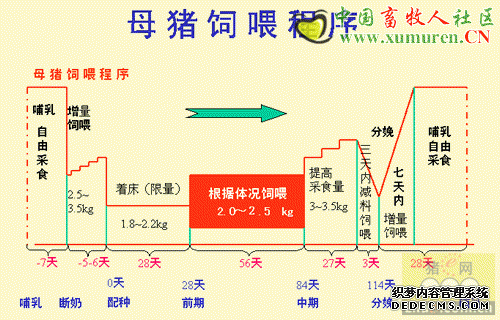By Theo van Kempen, Swine Nutrition Specialist, North Carolina State University - At the 2003 Banff Pork Seminar, Clarence Froese from DGH Engineering presented data on water usage and manure production. These data shed some light on the distribution of water usage in different farm activities, and the importance of monitoring water consumption in light of waste production.
Dr Theo van Kempen
Swine Nutrition Specialist
Froese became interested in water usage after hearing comments that a swine farm with about 7,000 sows produces more waste than a city of 200,000 people. His investigation showed that a closer comparison would be a farm of 7,000 sows and a town of only 2,000 people.
Data were collected over a period of 18 months on nine farrow-to-finish operations based in Manitoba, Canada. Water usage was measured by installing meters in the different supply lines at the farms. Manure production was estimated by measuring the level of manure in the pit with a measuring stick.
Table 1 shows that 81 percent of the water usage was drinking water for animals. The second major user was cooling for grow/finish. This value, though, was highly variable. Froese said during his presentation that several of the farms used cooling systems to direct defecation of the animals, rather than to cool. Thus, systems were set to operate at all times of the year rather than only during hot days.
Table 1. Water disappearance by function in farrow-to-finish operations.
Data is in litre's per day on a per-sow basis HerdsAverageRangeDrinking572.365.2 - 82.4Washing53.11.5 - 4.3Cooling Grow/Finish422.48.1 - 37.1Cooling Farrowing20.30.3 - 0.3Domestic41.00.4 - 1.5Combined 89.571.1 - 110.0Domestic = Water for human usage and sow washing
Combined = Only for farms that reported all activities
Table 2. Daily drinking water disappearance and manure production by stage of production.
Data is in litre's per sow(gestation, farrowing) or pig (nursery-finish) per day Water DisappearanceManure production Per sow/pigRangePer sow/pigRangeBreeding/Gestation15.711.2 - 21.215.012.2 - 20.7Farrowing37.427.3 - 49.530.123.5 - 41.1Nursery3.41.4 - 4.93.42.3 - 4.5Grow/Finish7.74.7 - 13.97.97.1 - 9.1
Washing water, water used for cleaning the barn, accounted for 3.5 percent of total usage for these farms. Domestic water use, which includes showering and laundry for the farm staff, was a small portion of total use.
These data suggest a close correlation between water consumption and manure production, and although such a relationship appears logical, it is not. Water is lost through respiration, evaporation, and tissue accretion. Especially if water were only consumed as needed, manure production should only be a portion of water consumption (in our belt research setup, about 50 to 60 percent of water consumption is recovered as manure, but this manure is nearly 20 percent dry matter).
Froese also compared his data with data that one of his coworkers had gathered in the Netherlands and with published values from North Carolina. North Carolina had comparable water consumption figures for farrowing and nursery, but consumption was 66 percent higher for gestation and 121 percent higher for grow/finish.
For the Netherlands, water consumption and manure production rates were 40 to 60 percent less than in Froese's study. These values may be affected by the local climate, with North Carolina being the warmest and the Netherlands being the coldest during the summer months. Even considering climatic differences, these data suggest that water conservation measures can result in substantial reductions in water usage and, thus, reductions in manure production梕specially in North Carolina.
Froese suggested that water usage can be reduced significantly with proper management, which would not only preserve water, but also result in a reduction of manure volume. The area where the largest impact could be made is in cooling of grow-finish pigs, as this water usage typically was not managed for cooling, but for direction of defecation pattern. Drinking-water waste could be reduced as well through the use of high-quality drinking nipples properly positioned in the pen. Possible improvements range from 25 percent for grow-finish pigs to 60 percent for farrowing sows.
声明
来源:互联网
本文地址:http://farm.00-net.com/yz/zhu/5/2007-09-20/142367.html








